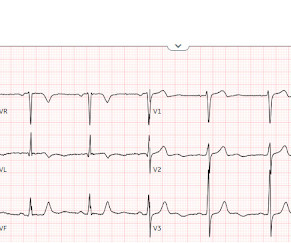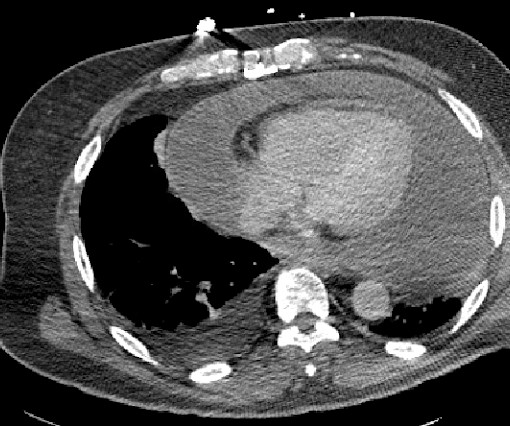ECG Blog #420 — A "Fast" Complete Heart Block?
Ken Grauer, MD
MARCH 11, 2024
I was asked to interpret the 2-lead rhythm strip shown in Figure-1 — without the benefit of any history. What are YOUR thoughts? Is there AV block? If so — Is it complete AV block? Figure-1: You are asked to interpret this 2-lead rhythm strip without the benefit of any history. = NOTE: Today's rhythm is challenging — especially if you have not seen this type of rhythm before.
.jpg)








.jpg)




































Let's personalize your content